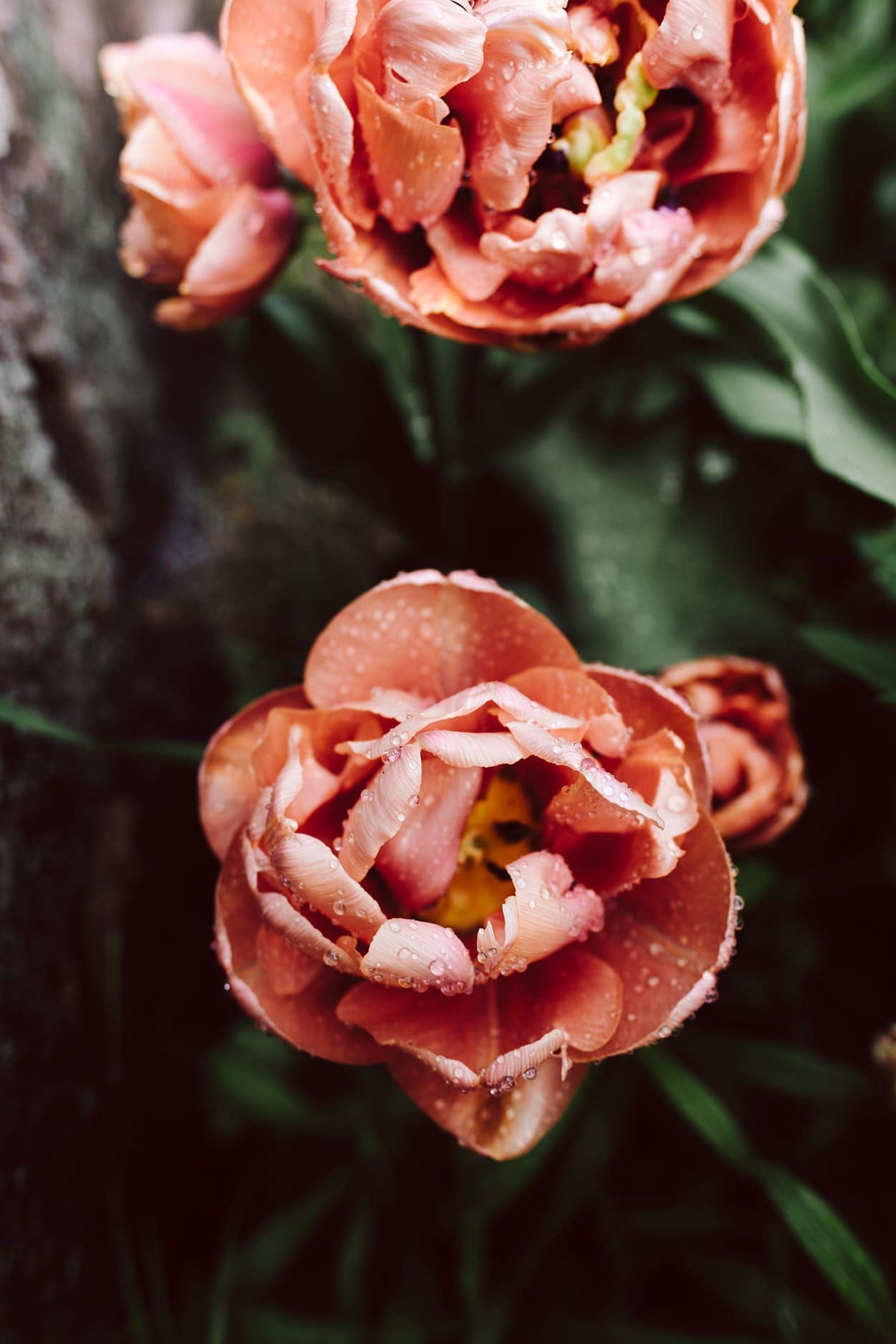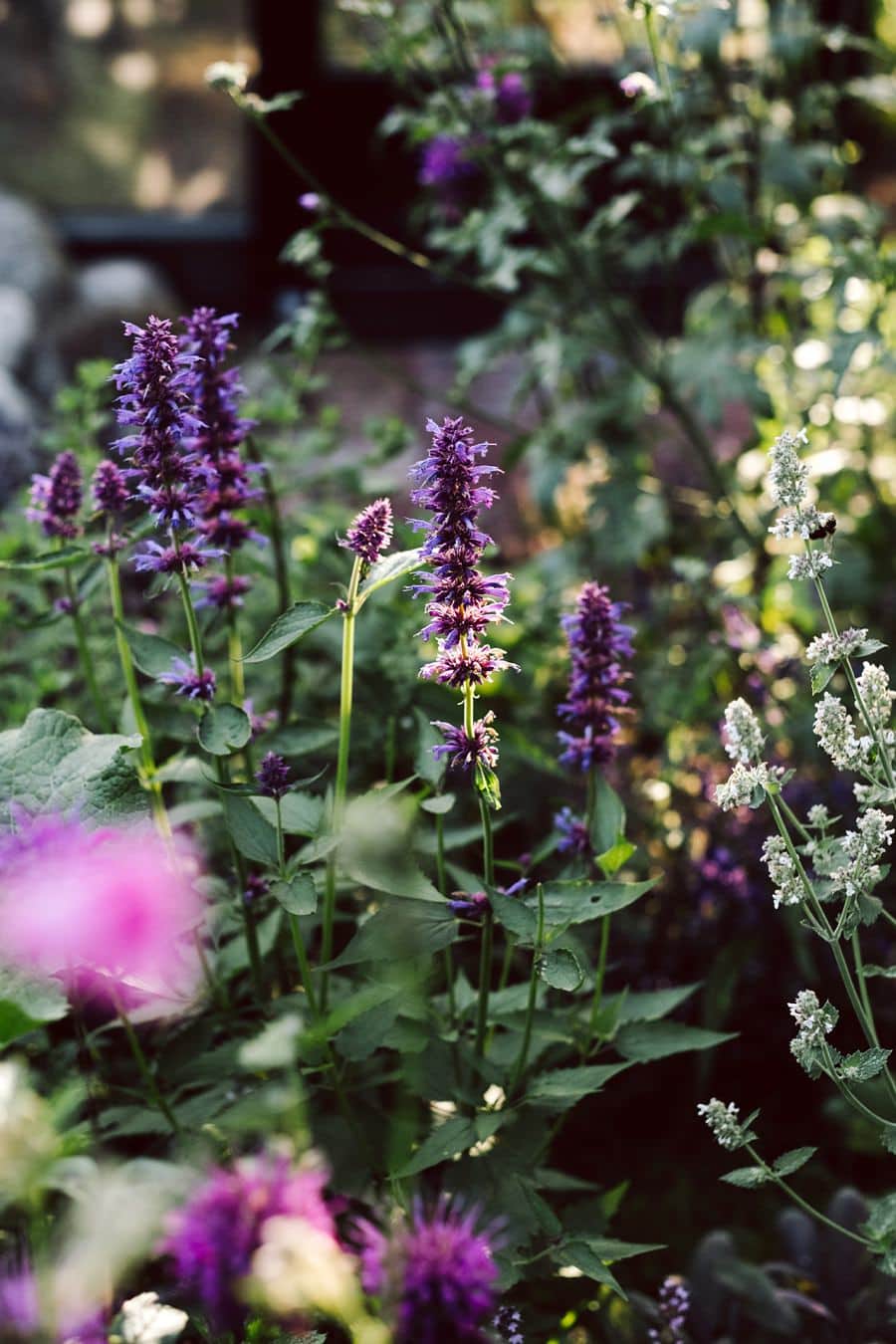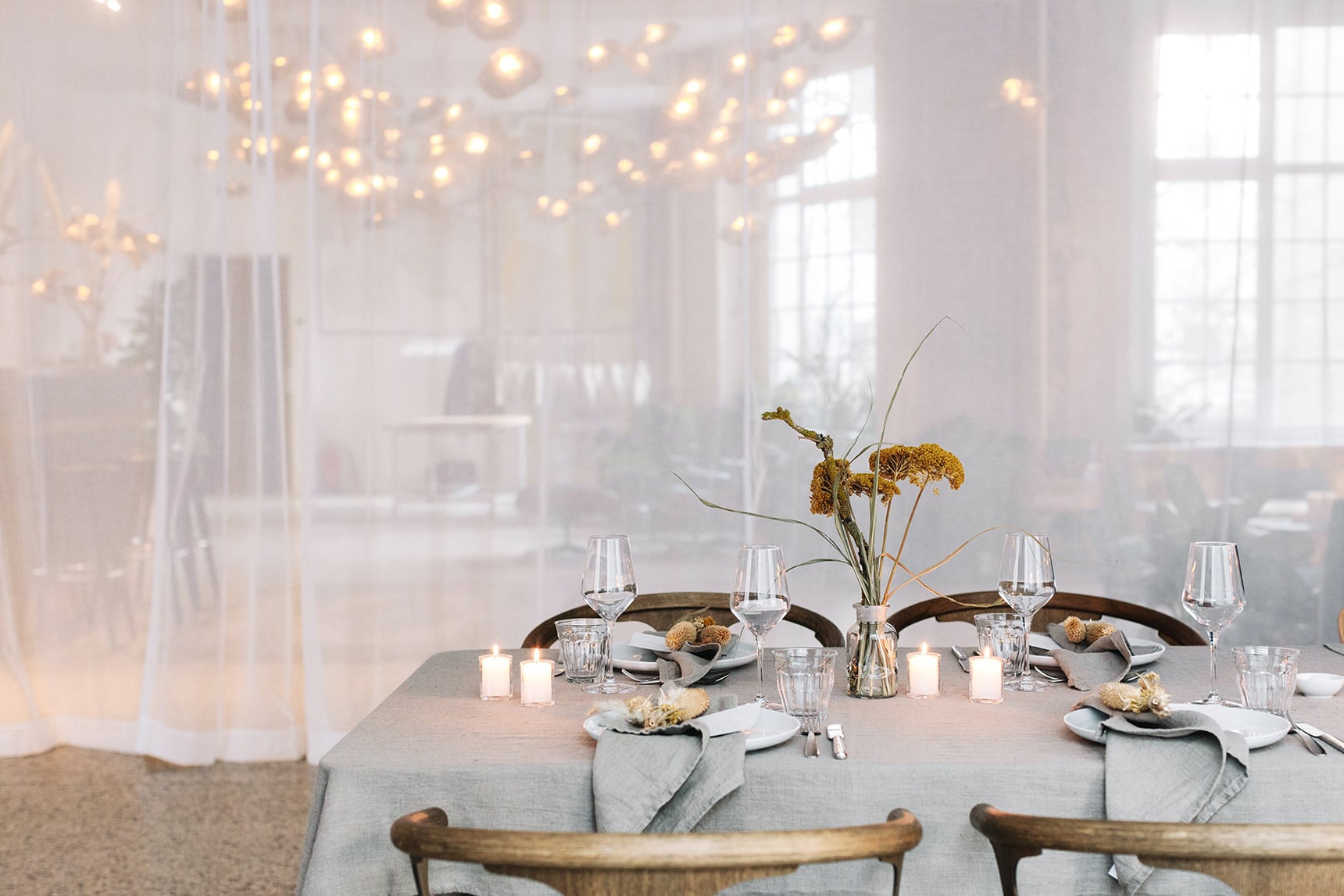Compost in the kitchen garden
The fertility of our soil is the base for a rich harvest. Our most important method for this is our own compost. We explain our approach and what to consider.
Farm fresh
[sponsored] In September, our harvest luck is at its very best with fruits, vegetables and herbs in abundance. We present you two favorite seasonal recipes.
Garden flowers
So far, the construction of our kitchen garden has required a lot of strength and attention. After the basic structure is in place, we can move on to other areas of the property. With blooming meadows, perennial beds and wild fruit hedges we want to let our garden bloom.
Mixed crops in the kitchen garden
We plant our vegetables in mixed crops. The plants are combined in such a way that they can benefit from each other.
Our vegetable seed list
In order not to lose the overview growing so many varieties of vegetables, we created a seed table with which we work throughout the year.
Self-sufficiency from the vegetable garden
We have thought about how long we can and want to provide ourselves with the produce from our garden.
Conscious Consumption
[sponsored] Our joint event with Manufactum in the settler house revolved around the topic of “conscious consumption”.
Barbecue with Fermented Greens
[sponsored] We visited Olaf of Schnelles Grünzeug to create recipes for a BBQ with his fermented vegetables.
Fascination Honeybee
About our two honeybee colonies and species-appropriate beekeeping.
Herbal Tea from our Garden
From a mixture of edible perennials we conserve the summer as tea.
April showers bring May flowers
After four months of hard work it’s done: our new vegetable garden is ready.
Rustic & Raw Workshop April 2019
Impressions from a wonderful first workshop in our settlers house.
Let’s start into a new garden year
Plans and ideas for our new vegetable garden.
The Edible Country
[sponsored] With this special project, Sweden becomes the world’s largest gourmet restaurant.
Greenhouse Gathering
The plants are out of the greenhouse and some cosiness has moved in.
Give & Enjoy
[Sponsored] Our event with Manufactum has become a little tradition. This time, besides the culinary enjoyment, it was also about giving.
Pumpkin, bread and bonfire
[sponsored] For their format “Your shot. Your story.” the guys from Adobe has looked over our shoulders as food photographers.
Settler House Interior
With beating hearts, we finally present you the finished result of our renovation in the settler house.
Harvest Festival
We thank Mother Nature for a great first garden year and would like to share some thoughts with you.
Wood, Steel and Concrete
[sponsored] The heart of our settler house is made of black steel, brushed wood and polished concrete.
When the cherry trees are blooming
A little update from our settler house.
Carattere Siciliano – 150 Years Averna
[sponsored] At the 150 jubilee of Averna we could see how extensively Sicilians celebrate traditions.
Krautkopf x Michelberger
Together with the restaurant of the Michelberger hotel we have invited for a Sunday lunch.
Of clay, lime and brick
[sponsored] It will be some time before the last brushstroke is drawn in our house. We’ll open the door anyway.























